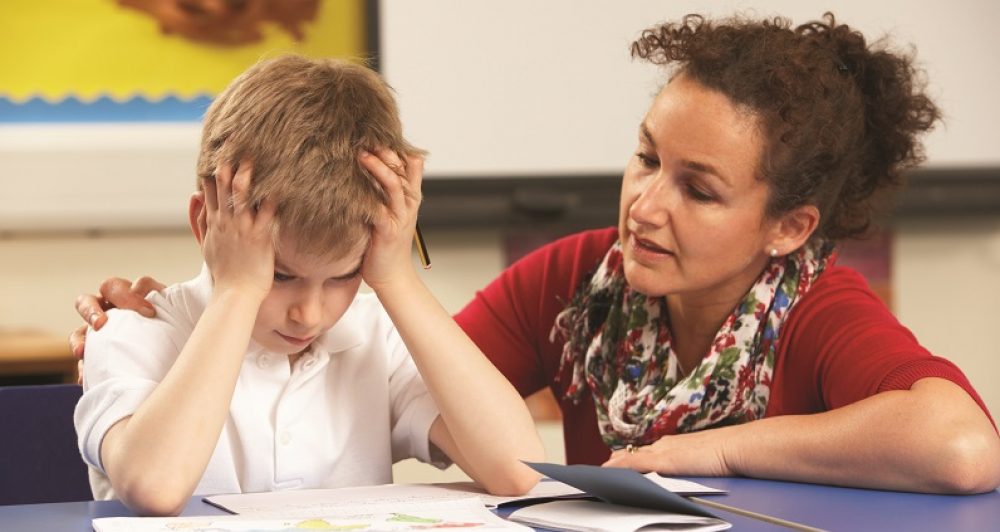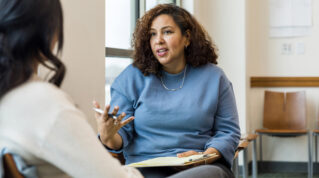Recent figures show that one in six school-aged children suffer from mental health problems, up from one in nine pre-pandemic. In addition, the Royal College of Psychiatrists published a shocking analysis earlier in the year, showing that almost 400,000 children actively sought help for mental health issues during the first two lockdowns, double the amount seen pre-Covid.
And sharpening the picture of inequality that emerged as schools dealt with the consequences of closures, a Centre for Mental Health study found that children from the poorest 20 per cent of households are four times more likely to have serious mental health difficulties by the age of 11 compared to those from the wealthiest 20 per cent.
These numbers don’t lie. We are on the verge – if not in – a childhood mental health crisis. And not only is it affecting young people and their families unequally, but it threatens to drive that inequality for generations to come. Policies to tackle attainment gaps that don’t prioritise this widening mental health gap are likely to waste time and resource.
The Department for Education is already on the case, exploring the potential of mindfulness in schools with a study led by the Anna Freud National Centre for Children and Families in partnership with University College London. It’s in its second wave and currently recruiting more primary and secondary schools.
The trials are designed to explore the impact of different approaches at school, in recognition of the significant time children spend there and the important role teachers can play in recognising changes in pupils’ behaviour or mood.
This initiative is a great start to helping our children to develop an awareness of their mental activity and to regulate their emotions. And it’s needed. Schools may be back to providing a stable environment, but young people are still making sense of the experience of the past 18 months, and many will be aware of ongoing instability.
The pressure to catch up could in fact make it more difficult to attain that goal
At our specialist residential care setting, we’re seeing children and young people for whom the pandemic has represented extreme unpredictability. Among the events that impacted on them most were school closures. What had been predictable and consistent changed dramatically, and many are hyper-vigilant in the belief that it might happen again. And why wouldn’t it? Nobody believed it would happen to begin with.
Being stuck in that moment of helplessness is what we call trauma. It causes us to feel isolated, disconnected from our own experience and from others. And it isn’t always obvious. The dramatic helplessness that the international response to Covid caused – with uncertainty, social isolation and restricted movement or choices – triggered historic trauma memories for many silently suffering individuals.
Thankfully, certain practices can serve as an antidote to the impact of trauma. Whether an individual’s response is fight, flight, fawn, freeze, hyper-vigilance, numbing, withdrawing, pushing feelings down or depression (and chances are there are students reacting in all of these ways across your school) the simple act of mindfully attending to and normalising these reactions can help them to feel safe and seen.
From challenging that sense of isolation, mindfulness can then help to move children out from this “urgent” reaction into a more mature, steady reflection. Over time, this allows them to feel more self-trusting and more confident. It also builds their capacity to tolerate uncomfortable feelings and to feel more relaxed and alert.
Conscious training to be more mindful can start at any age. But we can’t expect of young people what we don’t expect of ourselves. That’s why, at the Forge, every member of the community actively engages in awareness-based exercises. We encourage each other to put words to feelings, to ask for help if we need it and to think about our future hopes (whether that’s in ten years or just ten minutes).
So given the impact of the pandemic on school leaders and teachers, well documented in these pages, the DfE may find the best way to ensure mindfulness is delivered effectively in schools is to make time for them to slow down.
It might seem counter-intuitive, but the pressure to catch up could in fact make it more difficult to attain that goal.
















Your thoughts